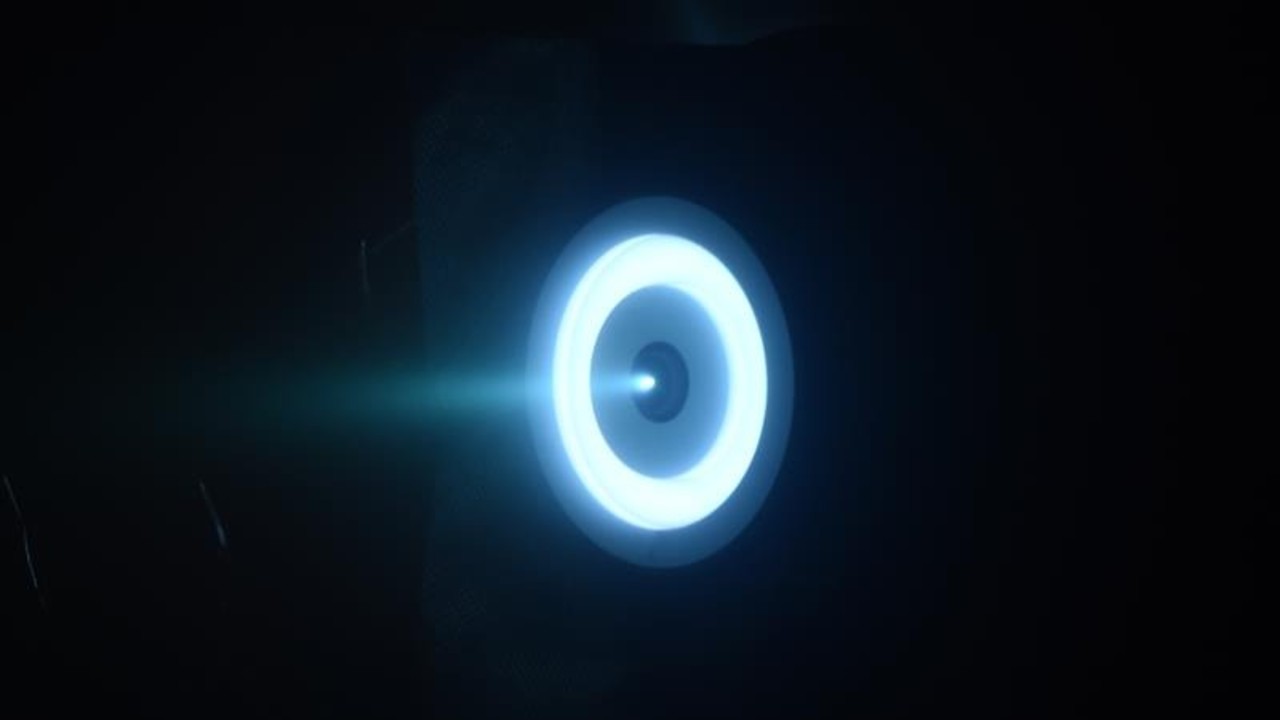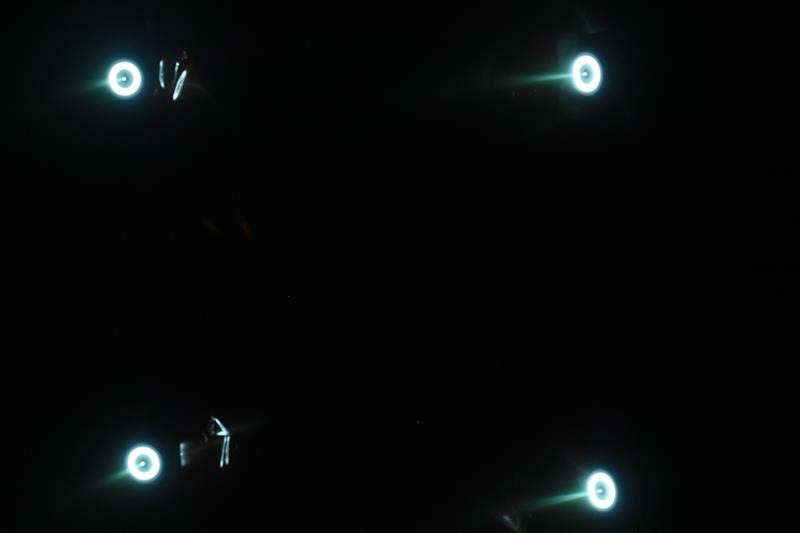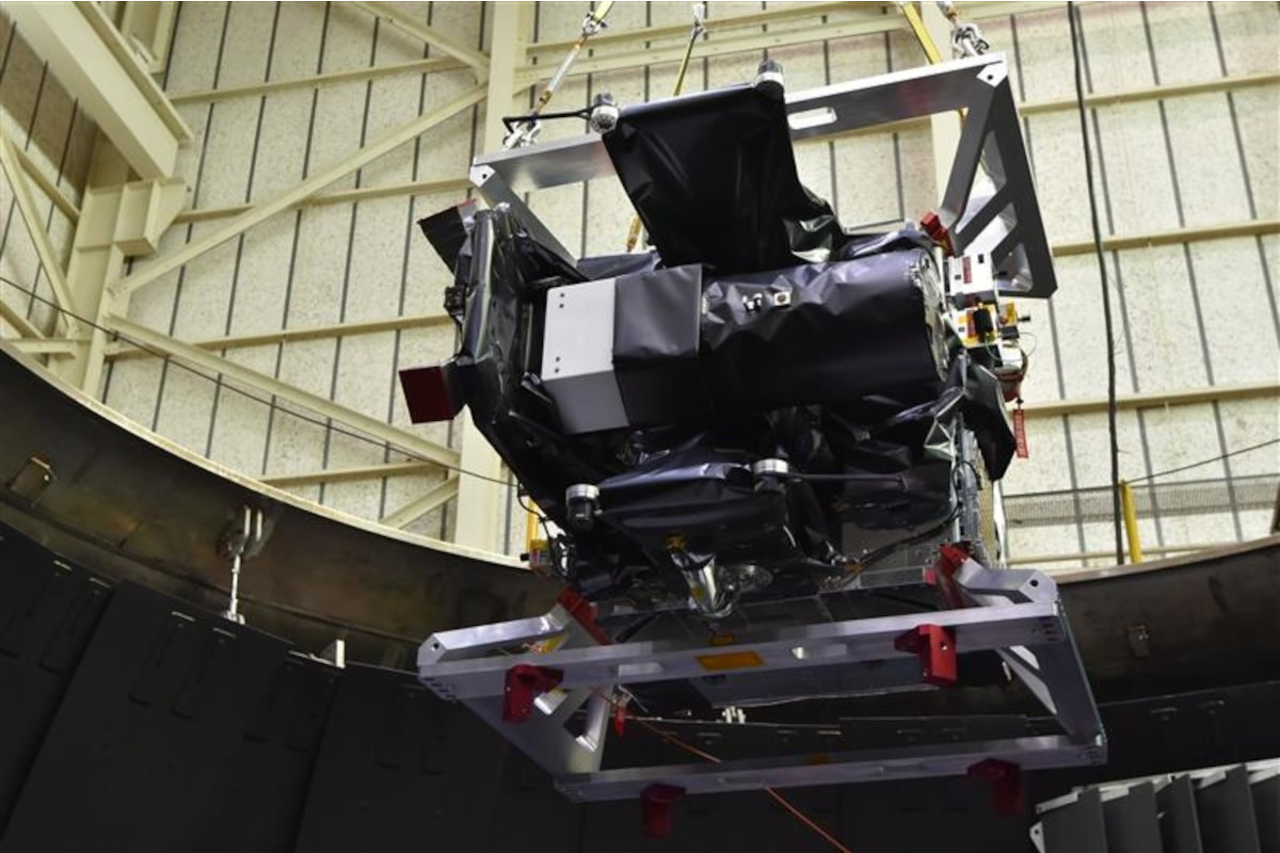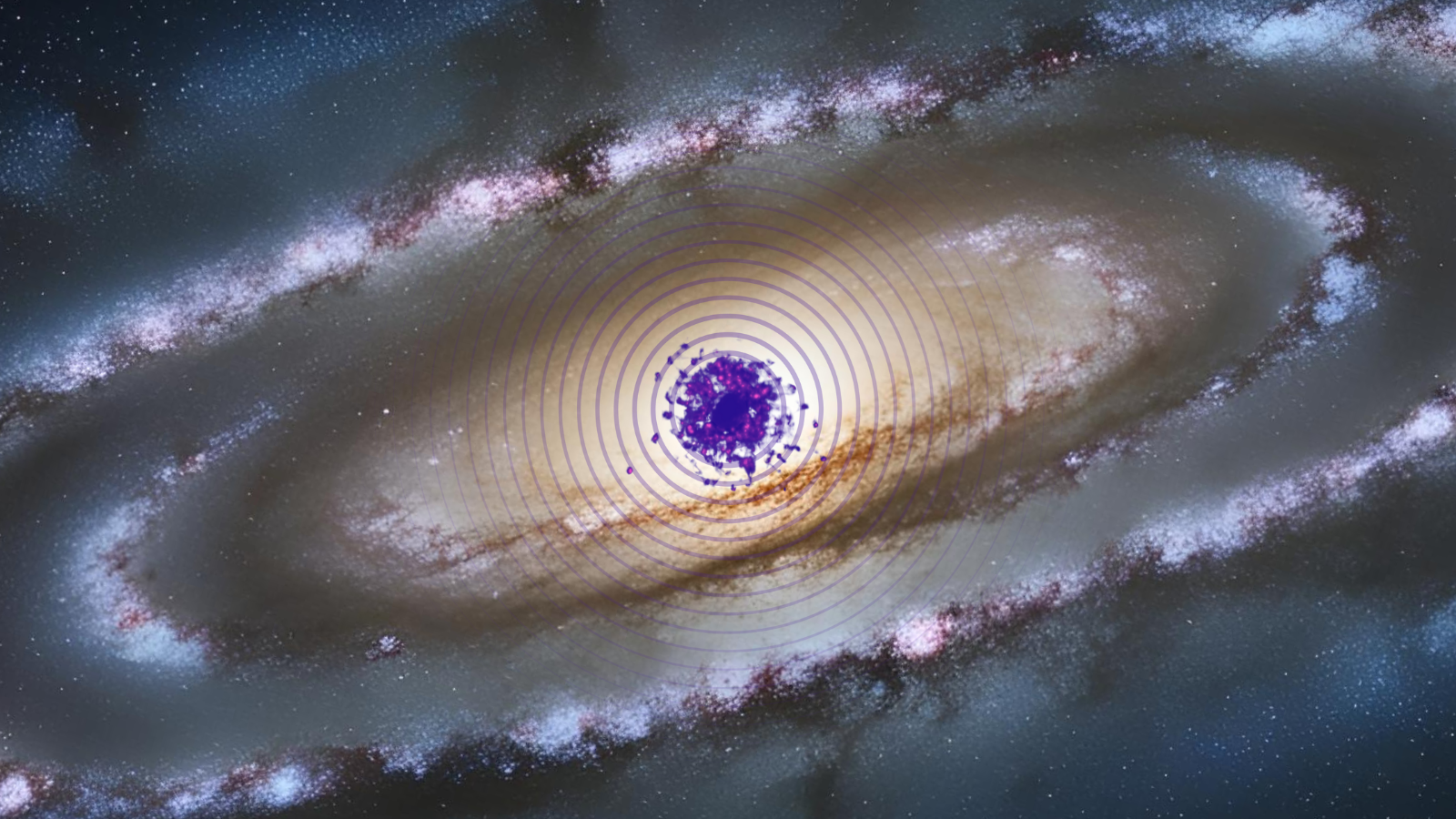US Space Force test fires thrusters for moon surveillance spacecraft
The Oracle-M spacecraft are specifically designed to track objects in cislunar space, the vast region between Earth and the moon.

The U.S. Space Force tested new thrusters designed for satellites that will keep tabs on spacecraft and other objects near the moon.
Space Force's Space Systems Command (SSC), in conjunction with the U.S. Air Force Research Laboratory (AFRL), conducted its first integrated tests of the entire propulsion system that will be used on the planned Oracle-M (Oracle-Mobility) spacecraft.
These spacecraft will be used for space situational awareness, or SSA, which refers to the locating and tracking of objects in space. The Oracle-M spacecraft are specifically designed to keep watch on cislunar space, the vast area of space between Earth and the moon that includes lunar orbit.
When it launches, the Oracle-M mission will "provide persistent situational awareness in cislunar space, demonstrating new tracking and navigation capabilities essential for future space operations" and "define the future of space operation and U.S. national security beyond Earth's orbit," Space Systems Command said in a statement.
Space Systems Command is an organization within the U.S. Space Force responsible for acquiring new technologies and spacecraft to help the U.S. military project its influence in space.

The Oracle-M propulsion system uses Hall effect thrusters, which utilize electrical currents to ionize a neutral gas, in this case xenon, and create plasma. Electrical fields then propel that ionized gas outward, generating thrust. For that reason, these thrusters are sometimes called "ion thrusters."
The tests were conducted at Edwards Air Force Base in March 2025 and marked the first time the entire propulsion system had been fired along with its propellant and power units.
Breaking space news, the latest updates on rocket launches, skywatching events and more!

Oracle-M is part of a "family of systems" that also includes the Oracle-Prime, or Oracle-P spacecraft, also being developed by AFRL. As its name implies, Oracle-M is aimed primarily at demonstrating mobility or maneuverability, but will also conduct experiments in which it tracks known objects in cislunar space, AFRL said in a statement.
Oracle-P, meanwhile, will test new techniques to keep tabs on objects traveling through cislunar space and use "innovative on-board image processing techniques" to "discover and maintain custody of objects operating within this region."
Space Force and the U.S. military have been preparing for operations in cislunar space in recent years. As more commercial and U.S. government missions head to the moon and the area around it, Space Force has been studying ways to keep tabs on and protect this vast region of space.
Some military leaders consider cislunar space the new ultimate "high ground" from which military assets and surveillance systems can surprise adversaries operating at lower orbits.
China, along with the United States, has also been expanding its presence in cislunar space, which has made some experts concerned about any potential advantages that the region could offer the Chinese military.
"Cislunar space offers a vast maneuver space that is difficult to surveil and from which surprises can then emerge, analogous to deep-sea submarine warfare. The People's Republic of China's military-run space program is positioning itself in cislunar space. We are behind, and we must catch up," Peter Garretson, a retired U.S. Air Force officer and independent strategy consultant who focuses on space and defense, told Space.com in 2019. "Cislunar space is already the high ground, and the U.S. is already far behind China in its position and its planning."
Oracle-M does not yet have a firm launch date. Space Systems Command completed ground systems testing in April 2025, and will begin launch readiness reviews once all testing is completed.

Brett is curious about emerging aerospace technologies, alternative launch concepts, military space developments and uncrewed aircraft systems. Brett's work has appeared on Scientific American, The War Zone, Popular Science, the History Channel, Science Discovery and more. Brett has degrees from Clemson University and the University of North Carolina at Charlotte. In his free time, Brett enjoys skywatching throughout the dark skies of the Appalachian mountains.
You must confirm your public display name before commenting
Please logout and then login again, you will then be prompted to enter your display name.

